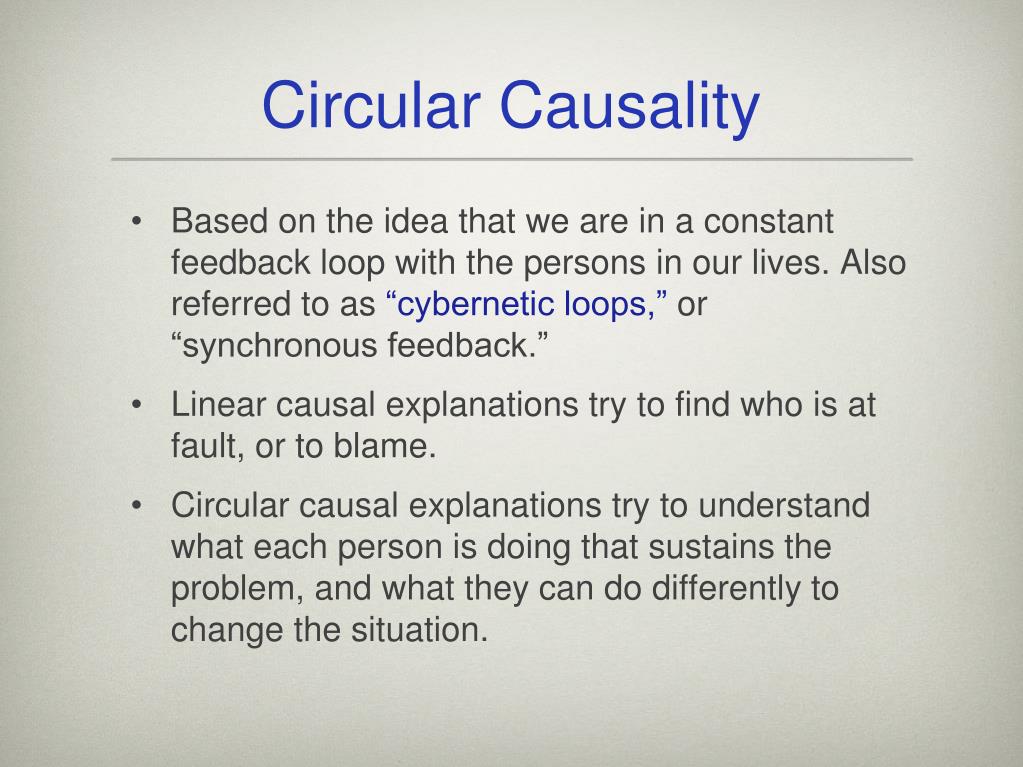
Inductive reasoningĪ researcher using inductive reasoningno post begins by collecting data that is relevant to their topic of interest. Then we’ll move on to thinking about how they complement one another. Let’s start by looking at each one and how they differ from one another. While inductive and deductive approaches to research are quite different, they can also be complementary. But the relationship between theory and research differs for each approach. The reciprocal relationship between theory and research often becomes evident to students when they consider the relationships between theory and research in inductive and deductive approaches to research. The converse is also true: research can structure and inform theory. Theories structure and inform social work research. If you don’t have a good idea about those at this point, it may be a good opportunity to pause and read more about the theories related to your topic area. However, you should have a good sense of what theory or theories will be relevant to your project, as well as how this theory, along with your working question, fit within the three broad research paradigms we reviewed. Rest assured, you do not need to become a theorist or philosopher to be an effective social worker or researcher. I even had one student who said she got frustrated just reading the word “philosophy.” My experience has been that many students have a difficult time thinking about theories and paradigms because they perceive them as “intangible” and thereby hard to connect to social work research.


Identify how inductive and deductive reasoning are complementaryĬongratulations! You survived the chapter on theories and paradigms.Describe inductive and deductive reasoning and provide examples of each.


 0 kommentar(er)
0 kommentar(er)
